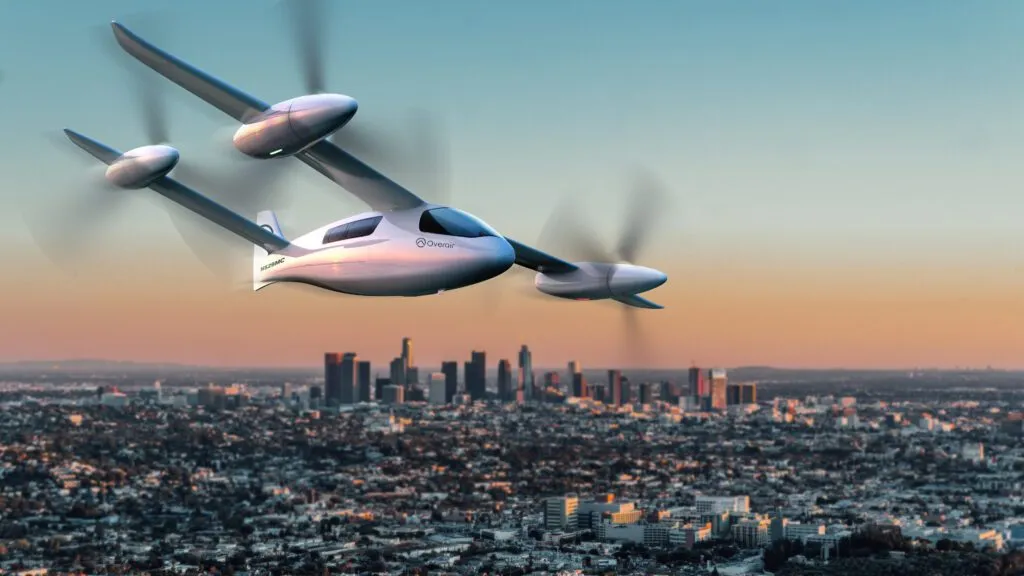In a groundbreaking development poised to reshape urban and aviation wind energy applications, researchers have unveiled a novel vertical axis wind turbine design inspired by the intricate structures of butterfly wings. The study, led by Avaesprabha Charlesantonyraj from the Department of Aeronautical Engineering, introduces the Butterfly-Inspired Vertical Axis Wind Turbine (BAWT), a hybrid system that combines the best of drag- and lift-based mechanisms to maximize energy extraction in challenging environments.
The BAWT design integrates Savonius rotors, known for their self-starting capability and stability at low wind speeds, with airfoil blades that enhance performance at higher tip-speed ratios. This hybrid approach ensures efficient operation in both turbulent and low-wind conditions, making it particularly suitable for spatially constrained areas such as airports. “By leveraging the drag-induced rotation of the Savonius rotor and the lift generated by airfoil blades, we’ve created a system that can operate efficiently across a wide range of wind conditions,” Charlesantonyraj explained.
One of the standout features of the BAWT is its elimination of complex yaw control mechanisms, enhancing operational simplicity and enabling omnidirectional wind capture. The design draws inspiration from butterfly feather morphology, featuring an inverted tapered profile on the upper section and a diamond-shaped profile on the lower section. The NACA 2411 airfoil, selected for its high lift-to-drag ratio and low thickness, is used in the tapered region, while another NACA profile ensures adequate stiffness at the blade root.
To evaluate the aerodynamic performance of these profiles, the research team utilized XFOIL software and conducted computational fluid dynamics simulations in ANSYS Fluent. The results were impressive, with the BAWT design significantly outperforming conventional Savonius wind turbines in terms of energy generation and torque. “The BAWT configuration not only improves energy extraction but also enhances structural resilience, which is crucial for applications in aviation zones,” Charlesantonyraj noted.
Modal analysis identified abnormal deformations at Modes 9 and 10, with notable increases in distortion between Modes 6 and 7. These findings were critical in evaluating the turbine’s fatigue resistance and structural robustness. Strain distribution mapping helped identify potential failure zones due to vibrational loads, while a sensitivity study revealed that blade deformation is highly dependent on aerodynamic loading and structural design.
Among the tested materials, a composite comprising woven–S-glass fiber–reinforced polymer with carbon nanotubes and sand foam core exhibited the best fluid–structure interaction performance. This material choice contributed to reduced deformation and strain in the BAWT, indicating improved durability and resistance to mechanical fatigue compared to traditional Savonius designs.
The research, published in the journal “Modelling and Simulation in Engineering,” highlights the potential of the BAWT to revolutionize wind energy applications in urban and aviation zones. As the energy sector continues to seek innovative solutions for sustainable power generation, the BAWT design offers a promising avenue for maximizing energy extraction in challenging environments. This study not only advances our understanding of wind turbine design but also paves the way for future developments in the field, potentially shaping the next generation of wind energy technologies.

